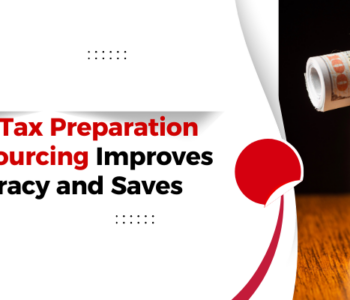 Business
Business
Aadhaar eKYC: Is It Required for Banks? The Answer Inside.
In India, Aadhaar has become an essential part of our daily lives. It’s a unique 12-digit identification number issued by the Indian government, which helps in verifying a person’s identity. Over time, Aadhaar has been integrated into several services, and one of the most significant applications is in banking—specifically through Aadhaar eKYC (Electronic Know Your Customer).
But many people wonder, is Aadhaar eKYC really required for banks? Here in this guest post, we will explore this in detail.
What is eKYC?
Before understanding whether Aadhaar KYC is required for banks, let’s first break down what eKYC means. KYC, or “Know Your Customer,” is a process where financial institutions (like banks) verify the identity of their customers. This is done to prevent illegal activities such as money laundering and fraud.
Digital eKYC is simply the electronic version of this process. Instead of filling out forms and submitting physical documents, eKYC uses digital platforms to verify your identity. Aadhaar eKYC is a part of this, where businesses can use your Aadhaar number and biometric details to confirm your identity.
Why Do Banks Need Aadhaar eKYC?
Banks are legally required to follow the KYC process. So that they can ensure that they are offering services to legitimate customers and prevent misuse of their services. eKYC Online also allows banks to keep track of customer transactions, preventing illegal activities like money laundering, fraud, and terrorism financing.
For banks, completing the KYC process is not just a legal obligation but also a way to protect both their operations and their customers. However, the process can be slow and cumbersome without the help of Aadhaar KYC.
Aadhaar eKYC in Banking: Is It Required?
So, is Aadhaar-based eKYC mandatory for banks? The short answer is no but with a few important caveats.
The Reserve Bank of India (RBI) has made it clear that banks are allowed to use Aadhaar eKYC for customer verification. However, it’s not the only method available. There are alternative ways to complete the KYC process, such as submitting physical copies of documents like a passport, voter ID, or driving license, and one can provide address proof.
That said, Aadhaar-based eKYC has become the preferred method for many banks. Why? Because it’s quick, efficient, and saves time for both the customer and the bank. So that banks can simplify the KYC process and instantly verify the identity of a person.
Legal Concerns Around Aadhaar eKYC
While eKYC Services offer numerous advantages, there have been concerns about its privacy and security. Some people often worry that fraudsters can misuse or steal their personal data. However, the government of India has introduced several security measures to protect your data. Aadhaar eKYC is considered to be safe as long as banks are following the proper protocols.
Additionally, the Supreme Court of India has ruled that Aadhaar cannot be made mandatory for private services (like phone connections or social media accounts), but for banks and government services, it is legally accepted for KYC.
Final Thoughts: Should You Use Aadhaar eKYC for Banking?
If you are opening a new bank account or availing banking services that require KYC, Digital eKYC is not strictly required. But it is the easiest and fastest option. It can save you time, reduce paperwork, and make your banking experience smoother. However, if you are not comfortable sharing your Aadhaar number, there are alternative ways to complete KYC with the bank, though it might take more time and effort.
Ultimately, whether you choose to use Aadhaar KYC or not depends on your personal preferences and comfort with digital processes. But for most customers, it’s a hassle-free and quick way to complete the KYC process. So that they can easily access a wide range of banking services.
Conclusion
In conclusion, we can say that Aadhaar eKYC is not a mandatory process for banks but it is definitely offering a hassle-free service. With Aadhaar-based eKYC, customers don’t have to visit the bank multiple times or provide physical copies of documents. Instead, they can complete the entire process online without any hassles. I hope you will find this guest post helpful and informative. If you need any further information then you can connect with us.









